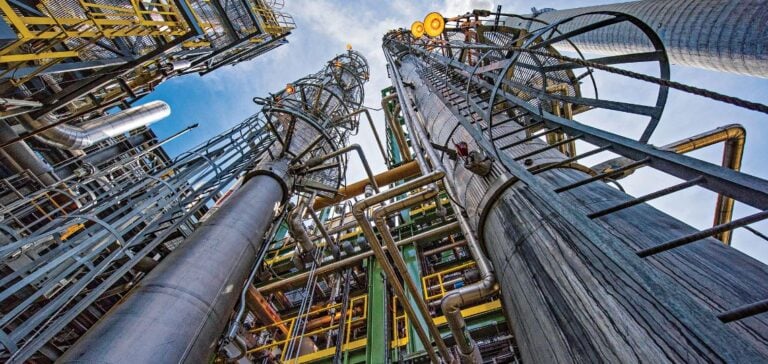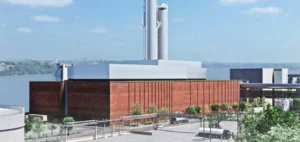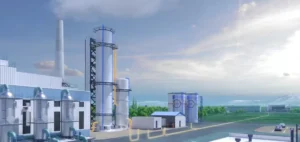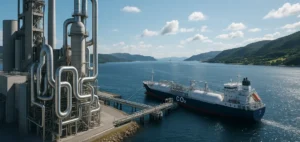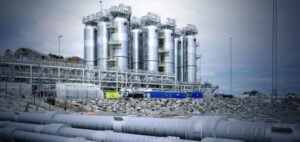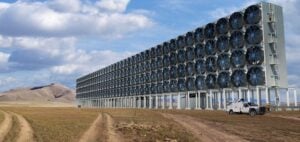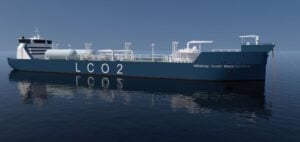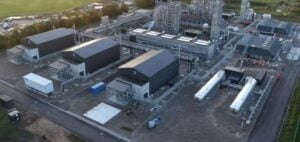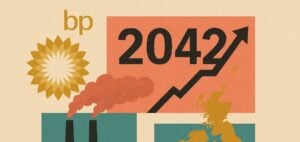Carbon capture and storage (CCS) has become a key solution to decarbonize heavy industries in the Gulf Coast of the United States (USGC). With a proposed capacity exceeding 200 million tons per year, the region is leveraging strong infrastructure and legislative support to accelerate its energy transition. However, significant obstacles, such as high costs and delays related to Class VI well permits, are hindering progress.
Infrastructure ready for CCS
The USGC boasts an advanced network of infrastructure for CO2 transport and storage. Pipelines such as the Green Pipeline and the NEJD, totaling over 500 miles of active conduits, facilitate CO2 transfer to sequestration sites. Additionally, around 200 miles of new pipelines are under development.
However, the slow approval process for Class VI sequestration wells, overseen by the Environmental Protection Agency (EPA) and Louisiana authorities, complicates the advancement of numerous projects. On average, the permitting process takes two years, which impacts initiatives like blue ammonia projects intended for export.
Legislative support but economic limits
The federal 45Q program, offering credits of up to $85 per ton of CO2 captured, is a critical driver for CCS economic viability. However, according to Paola Perez Pena, analyst at Commodity Insights, these incentives primarily suffice for sectors such as ethanol and natural gas. Other industries must explore additional revenue streams, complicating their financing.
The costs of capturing and storing CO2 vary significantly across projects, ranging from $40 to $100 per ton in the region. Emerging initiatives aim to reduce these costs, notably through partnerships with local CCS service providers.
A market transitioning to low-emission fuels
With a global annual CO2 demand estimated at 270 million tons, industries are increasingly focusing on low-emission applications such as synthetic fuels and chemicals. Carbon capture and storage projects in the USGC also target these opportunities, seeking to maximize benefits through premiums on low-emission products like blue ammonia.
The outlook for CCS in the region depends on several factors: improved processing capacities, technological innovations, and cost reductions through economies of scale. While the transition to a low-carbon economy faces hurdles, it is accelerating thanks to energy policies and robust infrastructure.

